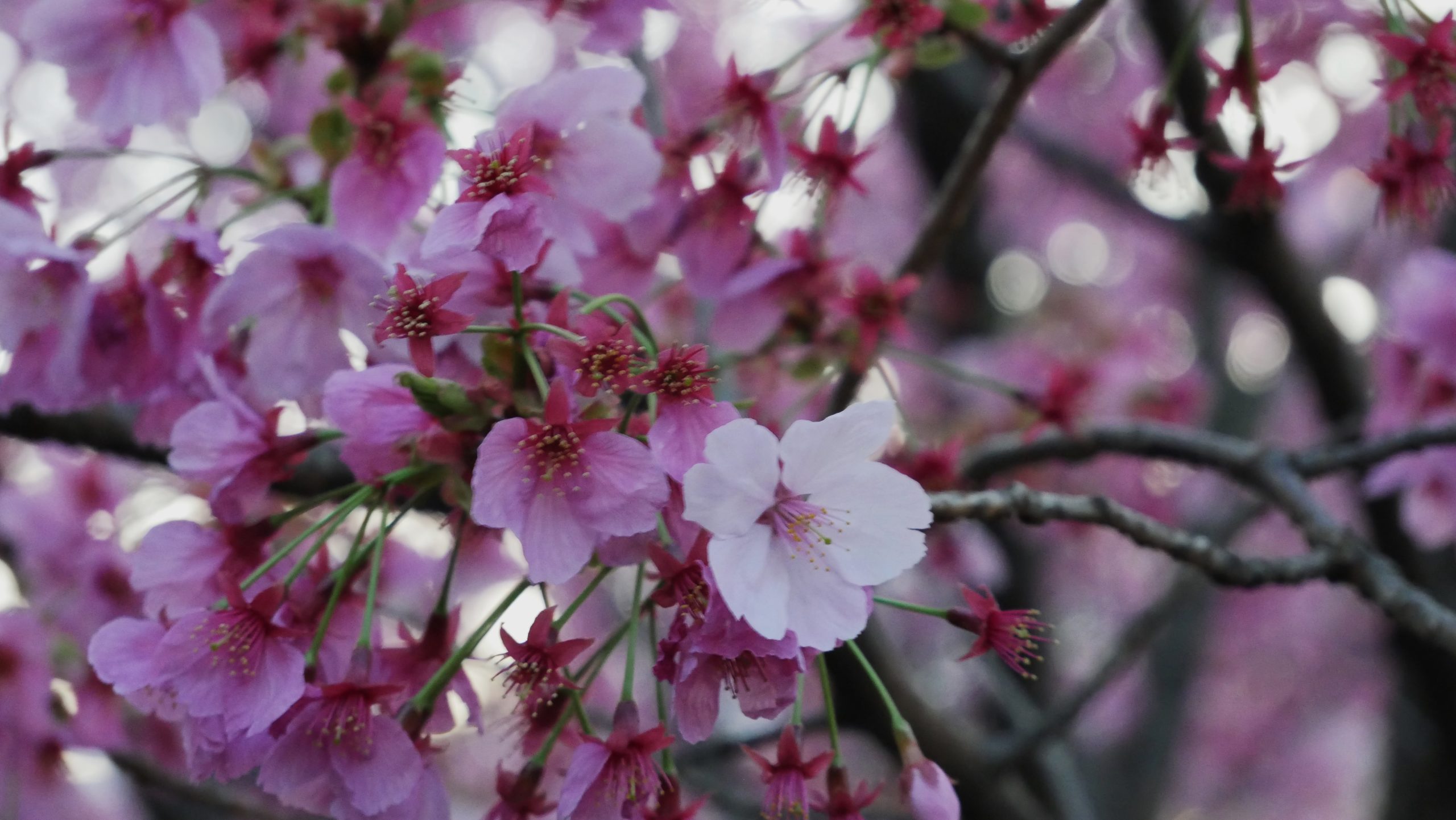
Gil Asakawa
When I was a kid in Japan, I don’t remember going to Hanami, or “Flower Viewing” during sakura season.
I knew the cherry blossoms were a big deal and recall how beautiful they were.
But it was after my family moved to northern Virginia in 1966, when I was 8 years old, that I realized that sakura are indeed a big deal.
The thousands of cherry trees that are famously featured along the Potomac River’s Tidal Basin and bloom every spring during Washington, D.C.’s National Cherry Blossom Festival were a gorgeous symbol of Japan’s close relationship with America, and like the almost million locals and tourists who flock to the park for the American version of hanami during the National Cherry Blossom Festival, my mom and dad piled us kids into the big Plymouth Fury from Sterling Park and drove us on Route 7 to D.C.
The National Cherry Blossom Festival celebrates the bond between the U.S. and Japan through the gift of over 3,000 cherry trees that were planted in 1912. Some were planted in Sakura Park in New York City, and the rest in D.C.
Japan gave almost 4,000 more trees in 1965. Cherry blossoms are the national flower of Japan, and cherry trees are planted throughout the United States. San Diego’s Balboa Park has 1,000 trees, and Los Angeles has over 2,000 at Lake Balboa in Van Nuys.

Sakura at Toyosu (Photo: Gil Asakawa)
Sakura have also thrived in Seattle, Philadelphia, Brooklyn, Portsmouth New Hampshire, Maryland, Ohio and New Jersey, to name a few places to find them. Colorado, alas, where I live, has a poor climate and soil for Sakura, though the hub of the Japanese community in downtown Denver is called Sakura Square.
A precious few trees blossom every spring. One year, dozens of Sakura trees were planted in a suburb near Denver International Airport (and a crew of volunteers helped plant them) but they alas didn’t last long.
The cherry blossom is a perfect visual symbol of Japanese spiritual tradition: It’s beautiful but brief.
Sakura blossom in mid-to-late March in Tokyo, and they’re gone within a week or so. They encapsulate a very Zen and Shinto reality, of the brevity of life. Because of the limited window to catch the beauty of the blossoms, the Japanese carefully forecast the peak dates to enjoy hanami.
During that brief time, groups of friends and family plan picnics and drink under sakura as the blossoms bloom and then die, falling like snowflakes. Sakura start blooming in January in Okinawa, but they won’t flower until even early May in my mom’s hometown of Nemuro in Hokkaido.
This year, my wife, Erin, and I were fortunate to travel to Tokyo and Takayama at the end of March, and the first week in Tokyo, the blossoms peaked.
But it rained much of that week, and the temperatures got chilly, and as a taxi driver explained, that climate allowed the sakura to stay at their peak beauty for an extra week. We got to enjoy the blossoms even more at Ueno Park, along the shores of the Sumida River on a special boat cruise, and Nakameguro where sakura make a tunnel above the canal-like Meguro River that lit up at night.
I know there are Cherry Blossom festivals across the U.S. (the National Cherry Blossom Parade will be April 15 this year in D.C., Los Angeles’ Cherry Blossom Festival April 15-16.
Spring is indeed in the air now, and catching a view of the beautiful sakura blossoming during this time makes for a special moment that is fleeting but oh so satisfying and rewarding to witness.
Gil Asakawa is the author of “Tabemasho! Let’s Eat! The Tasty History of Japanese Food in America.”



